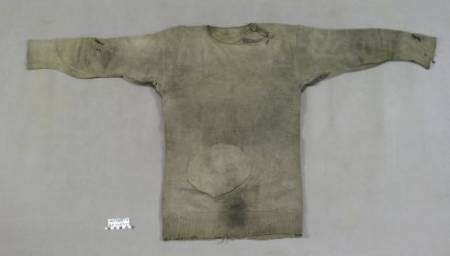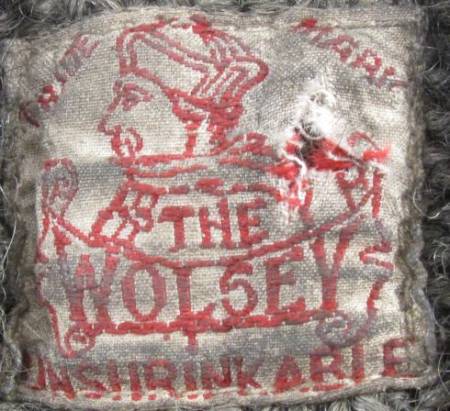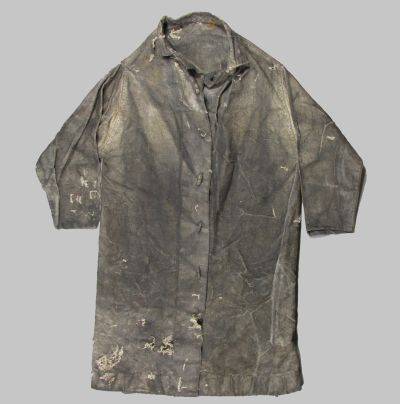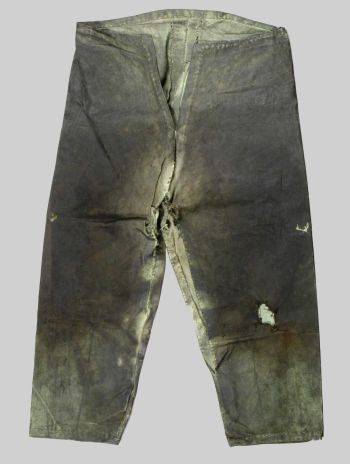Author: Stefanie White
Date: 27 May 2014
Temperature: -13
Wind speed: 20 / 18 kts
Temp with windchill: -25
Sunrise: 9.30am
Sunset: 3.38pm
The Ross Sea Party of Shackleton's Imperial Trans-Antarctic Expedition (1914-1917) is one of the most fascinating groups of explorers to stay at, and make extensive use of, Discovery Hut. Their mission was to lay depots to aid Shackleton's planned traverse of Antarctica from the Weddell Sea to Ross Island via the South Pole. After laying depots, one group waited over two months at Discovery Hut for the sea ice to harden so to be able to walk back to Cape Evans and join the rest of the team. During these months the stranded men recovered from ill health and as they were also ill-equipped, improvised games and made tools out of salvaged materials.
Lamps that were made out of old food tins and fueled with seal blubber offered 'a flickering glimmer of light in the dark interior'.
Discovery Hut was an important staging post for the Ross Sea Party. Stranded inexperienced men with inadequate equipment and a determination to complete their mission were forced to improvise clothing and equipment in order to survive. Some of these artefacts are currently in the lab.
Clothing was repaired with materials and fabrics salvaged from inside the hut.
Jacket worn and heavily repaired by a member of the Ross Sea Party
An Improvised snow shoe made out of a plywood supply box
Snowshoes were made out of plywood from Venesta supply boxes that, in the example above, originally contained Spratt's Special Cabin Biscuits. The resourcefulness, creativity and determination of the Ross Sea Party is seen every day in the lab as we continue to conserve artefacts from Discovery Hut.






